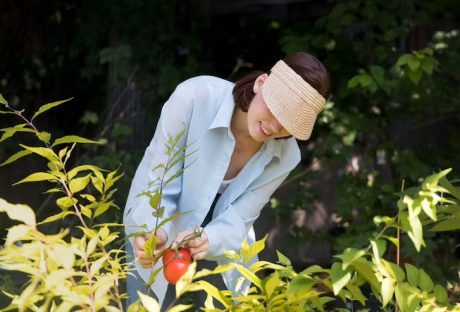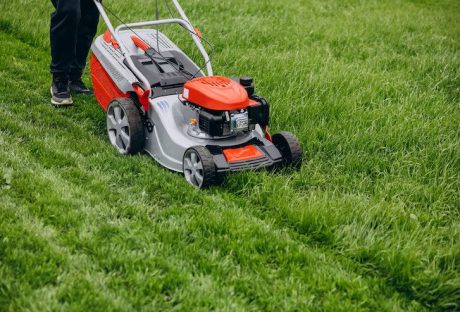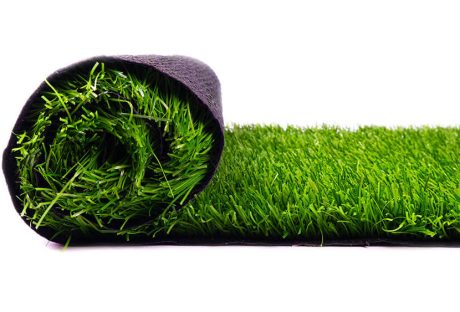Rubbish disposal is a crucial issue to address. Its proper implementation can control pollution, conserve natural resources and prevent diseases.
There are several different methods of waste disposal, including incineration and landfill. However, each method has its own drawbacks. For example, incineration releases harmful greenhouse gases into the environment.
Contents
What Are The Importance Of Proper Rubbish Disposal?

Rubbish disposal often causes unbelieving harm to nature. So for keeping the city safe for any living beings. Every industry should maintain proper guidelines for rubbish disposal.
Hazardous Materials
Hazardous waste is any material that, when improperly managed, could pose a threat to human health or the environment. It can take the form of solids, liquids, or sludges.
Hazardous waste is usually produced from industrial manufacturing processes but may also come from other sources. Some hazardous rubbish disposal is toxic, flammable, or explosive. Others are reactive or corrosive.
Products such as paints, oils, batteries, pesticides, and cleaners can be dangerous when disposed of wrongly. They can leak, explode, irritate the skin or lungs, cause fires, poison the water supply, and pollute the air. This is why it is important to make sure these items end up disposed of properly. You can visit https://www.ridly.com.au/ for more information.
Some leftover products that are flammable, explosive, or toxic may be classified as household hazardous waste (HHW). Many communities have year-round HHW collection programs to reduce the risk of exposure to these chemicals.
The materials must be separated from non-hazardous wastes and placed in specialized landfills designed for these hazardous substances. This is to protect garbage collection workers and the surrounding community from exposure to hazardous waste.
In most cases, contaminated HHW is unrecyclable.
Health Hazards
When it comes to rubbish disposal, there are several health hazards that can be associated with the waste. These include infections, respiratory problems, neurological disorders, and cancers.
Symptoms of exposure to hazardous waste can range from a mild headache, dizziness, or stomach discomfort to unconsciousness and death. Although most symptoms are short-term and won’t last, it is important to take precautions to prevent these conditions from occurring.
There are many different types of waste that may be a health hazard, including pharmaceuticals, medical equipment, radioactive materials, and household chemicals. All of these should be collected separately and safely.
A comprehensive review of the literature on health effects from residential exposure to waste sites reported that the evidence is limited for cancers and overall congenital anomalies.
The evidence to conclude different exposure in the oil industry releasing high concentrations of hydrogen sulfide waste in highly crowded illegal dumping sites. These illegal dumpings are often associated with general acute symptoms such as lung diseases, skin and digestive system complaints, and neurological symptoms.
Hazardous waste is a complex mixture of contaminants that can have several effects on human health, depending on the type and level of exposure. This is particularly true for air pollutants and pesticides that can cause respiratory diseases or other health problems, such as cancer, heart disease, and neurological disorders. You can visit this site to learn more about neurological disorders.
It is therefore important to understand the health hazard associated with particular kinds of rubbish disposal, as this will help you choose the best way to dispose of it. It is also a good idea to follow the recommendations of your local government and/or environmental agency, as these can help you determine whether it is safe to dispose of certain types of rubbish in your area.
Environmental Hazards
Household waste is a major source of pollution because it contains harmful chemicals, toxic substances, and pollutants that can be leached into waterways. This can lead to health problems for residents of areas where garbage is disposed of in open drains.
In addition, waste that is buried in landfills can produce methane gas which has been linked to climate change. Landfills also attract vermin and cause litter.
It can also harm the health of waste collection workers, who exposed to hazardous materials found in the rubbish they collect. This leads to accidents and musculoskeletal disorders.
The health hazards associated with rubbish disposal can be reduced through better recycling practices and the use of alternative waste management methods. This will not only help protect the environment but will reduce the amount of waste that needs to be thrown away in the first place.
People who handle hazardous waste may become infected with hepatitis B or hepatitis C and other diseases that are transmitted through contact with contaminated waste. These diseases can be fatal if they are not treated properly.
Another hazard is the release of nitric oxide and nitrogen dioxide gas into the atmosphere. These gases are dangerous for human health and can affect plants, animals, water, and air quality.
Moreover, the emissions of these gases can be a source of respiratory infections and bronchitis for people who live near rubbish dumps or landfills that are leaking these gases into the atmosphere.
Poor waste management, ranging from non-existing collection systems to ineffective disposal, has significant impacts on air, water, and soil pollution. This can lead to serious environmental problems, such as air and water contamination, disease outbreaks, and the loss of biodiversity and habitats.
Recycling
Recycling is the process of breaking down waste into reusable materials, such as metals and plastics, which can then be used to manufacture new products. It saves natural resources, energy, and water while reducing pollution.
It reduces the amount of rubbish sent to landfill sites. It also prevents waste from going into incineration plants, which release a lot of harmful air and greenhouse gases.
Recyclable materials include paper, glass, metals, plastics, textiles, and tires. These are often collected from homes or businesses and then delivered to a recycling facility, where they’re sorted, cleaned, and reprocessed into new raw materials for making products.
Most recycling facilities are designed to sort through the recyclables using various technology. These processes include rotating trommels that filter out unwanted materials, vacuums, and magnets. But some rubbish disposal, such as polystyrene and contaminated materials, cannot be recycled.
Some recycling plants also accept biodegradable waste, which can be made into compost. But this is a complex process because it’s hard to determine the chemical makeup of organic materials.
The best way to make sure your rubbish disposal goes to a good place is to practice good recycling habits. You can do this by separating your waste into bins, containers, or bags that are labeled for recycling and disposing of them according to the proper guidelines.
If you’re unsure about what goes where check with your local government. They should have a list of what they accept and may even have a searchable database.
You can also call a recycling company and ask them to pick up your waste. They’ll be happy to take your trash off your hands for you, but they might charge a fee.
Most cities and towns have a list of what they accept for recycling, which you can use to learn what can go in your green or blue bins. However, certain items are not accepted because they can get tangled in machinery or because they are too contaminated to be processed.
Bottomline: Create A Better Green World!!!!
Practicing good recycling habits is not hard and can be beneficial to the environment and our communities. There are many ways to make the recycling process more efficient and reduce the amount of waste that goes into landfills.
Rubbish needs to be disposed of in the best and safest method in order to ensure the health of humans, animals, and the planet.
Read Also:




















